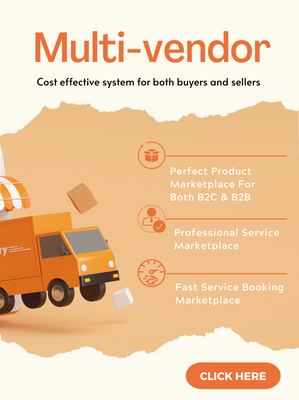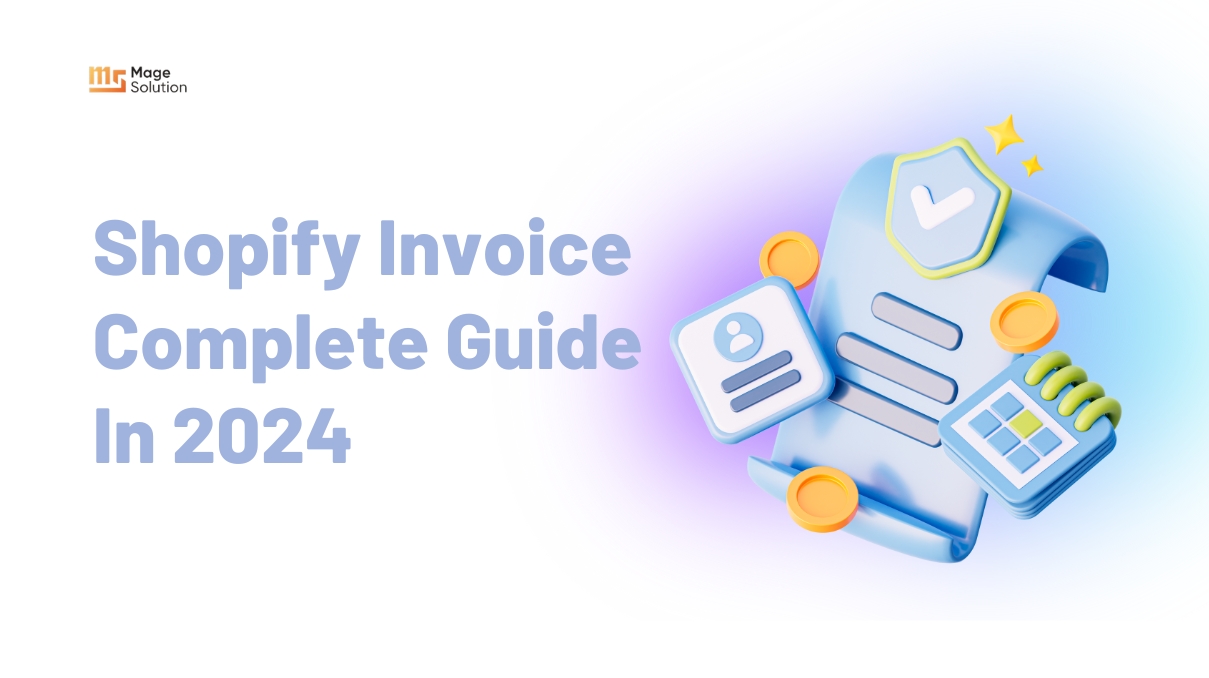Your cart is currently empty!
The understanding of Shopify shipping rates for your ecommerce store (2022)
When running a digital business, shipping costs may have a significant influence on your revenue and client retention levels. Thus, it’s essential to choose shipping software that works well with your shop. With merchants who are using Shopify, the good news is that users can have access to Shopify Shipping, the company’s built-in shipping platform.
The shipping options offered by the creators varies. In this article, we will dive into Shopify Shipping rates and how to maximize them for your e-commerce company.

What are Shopify Shipping rates?
Shipping rates are what you charge your customer for their delivery besides the price of the items. When a consumer checks out, the cost of any shipping fees is applied to their order.
You may present your consumers with a range of shipping costs and alternatives, or you can make things straightforward by only offering one.
You can establish any limitations or guidelines for which shipping options are available based on the items in the customer’s basket when you generate shipping prices.
All Shopify customers with a monthly subscription can utilize Shopify Shipping for free, but only eCommerce businesses who ship orders from the US, Canada, or Australia may do so.
Because Shopify Shipping is built within the Shopify platform, you may use it without having to rely on third-party applications being installed.
In order to prevent you from under- or overestimating your shipping expenses, the website builder also gives you access to real-time shipping prices.
1. Flat Rate Shipping
When you choose flat rate shipping, you determine the precise shipping cost for each order.
If you select a flat fee of $5, for instance, every client will be charged $5 for shipping every item, regardless of its size, cost, or time of delivery.
Additionally, you may specify a base flat charge as well as a higher flat rate for heavier products or foreign shipping.
Using a flat fee allows you to accurately forecast how much each client will pay for shipping and factor that into your expenses and profit margins. Return clients will also like it because they will always pay the same price.
However, the drawback of flat rate delivery is the potential for overcharging or undercharging. If you undercharge, your earnings may suffer, and if your shipping cost is set too high, clients may go for a less expensive option.
Flat rate shipping is a fantastic choice if you have a limited budget or want a straightforward delivery solution.
2. General Shipping
In that you provide a certain amount for shipment, general shipping rates are comparable to flat rate shipping; but, here, you may give clients a variety of choices.
For next-day delivery, ordinary delivery, and monitored shipment, for instance, you can select different flat rates.
While general shipping still allows you to estimate the cost of shipping for a consumer, it also provides you greater freedom in terms of the shipping choices you give them.
The basic shipping choices will be presented to customers when they reach the checkout, and they may choose the option that best meets their needs. When attempting to deliver the finest customer service possible, this might be helpful.
3. Weight-Based Shipping

With weight-based shipping, you may modify your flat rates based on the order weight of your customers.
You may opt to charge $5 shipping for all purchases weighing up to 10 kg, and $10 shipping for goods weighing more than 10 kg, for instance, by setting shipping rates that are based on weight.
When weight-based shipping is enabled, clients will only get shipping quotes that are accurate for the weight of their orders.
If you sell a large range of items with a wide range in weight, weight-based shipping is very helpful. For instance, a retailer of home furnishings presumably wouldn’t want to charge the same shipping rate for a blanket as it would for a new table.
Examine the following table for an illustration of weight-based rates (all amounts are in US dollars):
| Order item weight | Shipping rate price |
| 0 lb – 0.99 lb | $4.99 |
| 1 lb – 4.99 lb | $9.99 |
| 5 lb – 9.99 lb | $19.99 |
If you choose weight-based shipping, it’s crucial that you precisely specify the weight of each product you sell to prevent clients from being overcharged.
4. Price-Based Shipping
With price-based shipping, you may base your shipping costs on the total cost of a customer’s order.
For instance, retailers frequently impose minimum purchase thresholds on consumers in order to grant them access to discounted or even free delivery options. If a buyer buys more than $50, you may offer delivery for $3.99 instead of your fixed fee of $5.
If your eCommerce company offers free delivery, price-based shipping might be a terrific incentive to try to get people to spend more money there.
Customers who almost reach the required price frequently add extra to their cart in order to be eligible for the lower shipping costs.
The following table shows example price-based rates (USD):
| Order value | Shipping rate price |
| $0 – $100.00 | $24.99 |
| $100.01 – $200.00 | $9.99 |
| $200.01+ | $0 (free) |
5. Free Shipping
You may simply set your flat rate shipping cost to zero if you wish to offer free delivery as a default on all purchases.
Offering free shipping is a great approach to entice clients to buy from you and promote brand trust and loyalty, but you must be sure you can afford to do so. With your selected carrier, you’ll still be responsible for paying shipping expenses, therefore it’s critical to calculate your charges to ensure that they won’t significantly reduce your earnings.
You can also explore our related posts:
>> Shopify balance: The essential guide you need to explore
>> The ultimate guide to create custom Filters for your Shopify store
Calculated Shopify Shipping rates
The shipping charges that any shipping companies or applications that you add to your store supply are called calculated shipping rates. When a consumer completes the checkout process, the shipping company or app receives information about their cart and responds with the shipping cost. The pro of using calculated shipping rates is that you can tell the client how much it will actually cost to send their product.
1. Calculated Shopify shipping rates from shipping carriers
Shopify Shipping carriers
You may also send your orders via one of Shopify Shipping’s affiliate carriers. USPS, DHL, UPS, and Canada Post are the carriers that Shopify presently works with in partnership.
Users of Shopify have exclusive access to these discounted pricing with certain vendors, and the supplier determines the current rates. When a consumer is ready to complete their purchase, the carrier will get information about their cart and delivery. The carrier will then instantly respond with a shipping quote for that transaction.
| Shipping Carrier | Basic Plan | Shopify Plan | Advanced Plan |
| USPS | Up to 64.5% | Up to 88.5% | Up to 88.5% |
| DHL (International) | Up to 71.5% | Up to 73.9% | Up to 76% |
| UPS | Up to 66.53% | Up to 66.86% | Up to 67.20% |
| Canada Post | Up to 17.7% | Up to 23.5% | Up to 30.5% |
USPS

Smaller items are perfect for shipping through the United States Postal Service (USPS), which is frequently the least expensive choice for goods that are light and compact.
You don’t need to wait in line at the post office because you can buy USPS mailing labels through Shopify, and there is no minimum shipment fee.
Additionally, USPS enables you to ship worldwide and provides order tracking. Thus, your clients may monitor the progress of their deliveries.
DHL

If you’re going to ship overseas frequently, DHL could be ideal for you since it focuses on quick, worldwide delivery.
DHL presently ships to more than 220 nations and territories and reaches over 95% of the world’s population. You can obtain DHL customs forms through Shopify Shipping. And you may receive assured international delivery, often between three to five days.
UPS

DHL could be the best carrier for you if you often ship internationally because it focuses on speedy, global service.
Currently, DHL covers more than 95% of the world’s population and ships to more than 220 countries and territories. Through Shopify Shipping, you can get DHL customs forms and have guaranteed international delivery, which typically takes three to five days.
Canada Post

Canada Post is the country’s main postal delivery service. Only Shopify sellers that ship their goods from Canada have access to Canada Post.
If you’re headquartered in the US, you’ll need to select a different carrier. But if you’re selling domestically in Canada, it’s the ideal option. Although Canada Post offers worldwide delivery, their charges vary based on your area and are different for delivery to the US and the rest of the globe. It’s vital to remember that Canada Post only supports boxes and soft items through Shopify Shipping if you want to utilize it. You may be able to add certain shipping carriers directly to your shipping options, depending on your store’s Shopify subscription tier and region.
Any of the following factors can be used by shipping companies to determine how much to charge for shipping:
- Shipping origin
- Shipping destination
- Weight of the shipment
- Value of the shipment
- Dimensions of the shipment box
- Dimensional weight
- Requested speed of delivery
Consider a scenario in which a consumer from Washington, D.C., USA, makes a 1 kilogram purchase at the register. Your shop is in Ottawa, Canada, and your standard box dimensions are 5″ x 7″ x 7,” with a weight of 0.375 kg. If you link your Shopify account with Canada Post, Canada Post will determine the shipping choices that could be available to your customer depending on the order criteria and present it to them at the time of checkout.
2. Calculated Shopify shipping rates from apps
Apps can also provide calculated rates if the carrier that you ship through uses an app to integrate with Shopify. Otherwise, you need a more advanced shipping setup. When a customer reaches checkout, their cart information is sent to the shipping carrier or app, and they return what you should charge for shipping. The benefit of carrier-calculated shipping rates is that you can pass on the exact cost of shipping an order directly to the customer.
Local delivery method rates
You can set up local pickup and local delivery options for customers who are close to your business.
1. Local delivery
If your business offers delivery, then you can create a local delivery method for your customers to choose at checkout. You can set a delivery fee and minimum order amount.
Specify the availability of your delivery by listing postal codes or choosing a radius around your business location. If a customer’s address has a listed postal code or is within the radius that you set, then they will have the option to choose local delivery as a shipping option at checkout.
2. Local pickup
You can give your customers the option to come to your business to pick up their order. This is a good way to let customers save on shipping costs, and lets you create a more branded experience for your customers. You can provide pickup instructions and let customers know when they can expect their order to be available.
Conclusion
If you’ve created an online business on Shopify, Shopify Shipping might be the optimal solution for you. You can select the shipping option that is best for you and your business by comparing several shipping services, carriers, and costs. If you are struggling with your online store, we are here to help you. Magesolution has created Shopify Customization services, which considerably assist you in modifying your shops to meet customers’ needs and significantly increase conversion rates also. Talk to our experts to understand more about our services!



